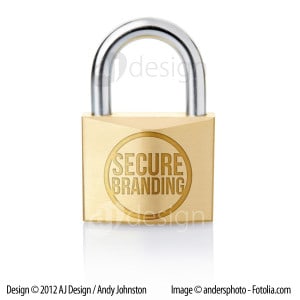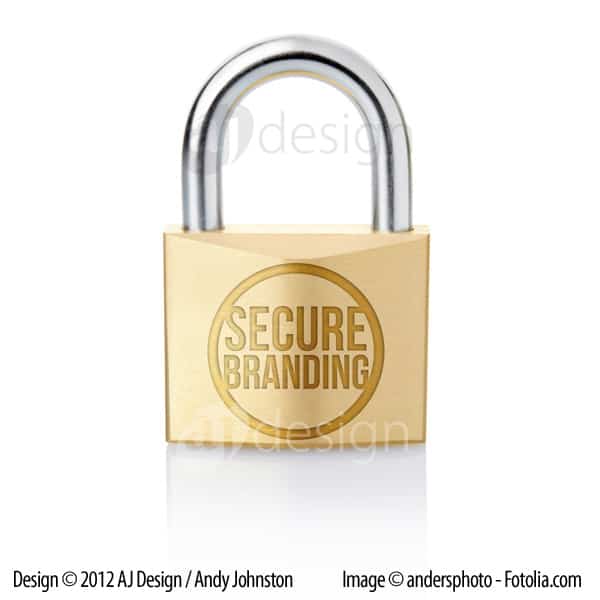Branding as a Security Mechanism for Your Customers
 A GwdToday.com article outlined a recent rash of “smishing” threats in which people reported receiving fraudulent text messages indicating they had won gift cards from Best Buy or WalMart. The article cites Best Buy’s website as the source of this quote:
A GwdToday.com article outlined a recent rash of “smishing” threats in which people reported receiving fraudulent text messages indicating they had won gift cards from Best Buy or WalMart. The article cites Best Buy’s website as the source of this quote:
“Don’t respond to e-mails, text messages or online ads offering free gift cards. Make sure the website address and branding match up with the company referenced in the offer.”
How about your business and your brand? Would you be able to tell customers to steer clear of messages that don’t carry your brand? Could the average consumer tell the difference between official communications from your business and a cheap knockoff?
Branding – and all of the sub elements of branding like logo design, advertising, etc. – is a strong tool for the sales function of any business. That is understood without much explanation. But Best Buy’s tip on their website hints that branding is a tool for security. In an age where identity theft is becoming increasingly commonplace, it is no longer optional for businesses to have strong security practices. The next time you are considering your security vulnerabilities, consider these best practices of branding as tools to enhance your customers’ confidence in your business.
Consistency and Precision
There is a difference between ACME Widgets, Inc., Acme Widgets, Inc., and Acme widgets. People who resort to phishing (or “smishing”) tactics usually don’t attend to the details like capitalization or punctuation. Many logo designers prepare graphical standards to ensure the logo is properly reproduced in a variety of contexts. In addition to visual standards, your branding standards should also encompass text-based presentations of your company name and other identifiers like your web address, product names, and slogans. Make sure your name is presented the same way every time. This uniformity helps differentiate the genuine from the false.
Uniqueness
Anyone can buy a piece of clip art, drop that in Microsoft Word, and add text under it. Some graphic designers with professional quality software tools even resort to cookie-cutter art. But when you take the time to craft a unique logo to support your brand, you are telling the world, “I am here, and there is no one else quite like me.” You are also making it harder for would-be thieves to mimic your brand and take advantage of your customers.
Clarity
Brand clarity is closely related to consistency and precision. Is it easy or hard to discern your message? What is the purpose of a particular email or document? The more obvious the answer to those questions, the better. Make sure communications stay on point. Use clear subject lines for service-related emails. Don’t make a customer guess at the message you intend to convey.
It’s your turn now. What are your thoughts? Have you seen any great examples where branding has strengthened security or prevented fraud? What about really poor examples? Comment and post links below. Feel free to change names to protect the guilty if you must!




Leave a Reply
Want to join the discussion?Feel free to contribute!